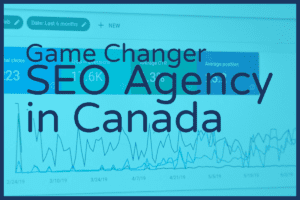
The perfect blog post is like chess: easy to learn, hard to master. Even harder to figure out where all the pieces go on the board.
To write the perfect blog post, you first have to remember the Golden Rule, which we all should have learned early in our lives: do unto others as you would have them do unto you.
By writing and attracting readers, you are acting upon them and their minds. The first thing to keep in mind when writing anything online is how you’d want to be treated as a reader. What are your own reading habits? At what point do you read a blog post (even a good one) and think, “I’ve read enough to get the general idea,” and move onto something else?
The perfect blog post will take you all the way to the end before you even realize you’ve scrolled down the page, but not even the perfect blog post can capture everyone’s attention for the entire length of the article.
Perfect Blog Post Formula
From the News Desk
Opponents of newspapers and news writing can say what they will about it being a dying format, but news journalists have writing stories down to a specific science. There’s a reason many journalists are able to churn through interviews and incidents to write numerous articles throughout their day, and that reason is because journalism is formulaic.
Being formulaic, at least in certain types of writing, isn’t a bad thing. It’s accessible. People who read standardized types of writing can innately understand what to expect from a blog post if it follows a format that they know.
Journalists write this way because they understand how people who read newspapers actually read newspapers. There are visuals to how journalistic writing is approached, and many show the writing structure as an inverted pyramid: start with the most important information, then get into finer and finer detail to please those who want more information.
Cutting Your Losses
You won’t please all of the people all of the time. Not even the perfect blog post will be able to keep everyone’s attention, and this is where a key news writing concept comes in. The lede is a sentence or two at the beginning of an article that essentially summarizes what the reader is about to read.
One could think of it as a spoiler for the rest of the article, but it’s actually designed to whet readers’ appetites, giving them just a taste of what’s to come. Knowing that you’ll lose many readers either after the first few paragraphs or somewhere else in the middle of your article, it’s important that you front-load the most important points of your content.
Put the major stuff at the beginning of your article and then go into detail further into it in expanded sections. This will ensure that, if nothing else, even the early quitters have gotten something out of reading your content (and will have a better opinion of you as a result).
Elsewhere on the Internet
Your great content isn’t all that will attract readers, and it’s not even a majority of what will attract people. The shareability, virality, and noteworthiness are what are important, and that means having a solid core concept, as well as an expertly crafted headline and summary.
A blog post can be perfectly crafted in all ways, but unless it has some tie to get people interested now, it will languish, forever unappreciated and unshared. What you’re going to write about will always be a moving target; it’s a key balancing act, managing your own interests as they stack up against what’s going to generate traffic.
The most critical thing is to always know what you want your readers to get out of reading your content. That’s the core of journalism-style writing, of which blog writing is a more conversational type. A good understanding of your audience, who they are, and how they read will go a long way to ensuring that your writing is direct, accessible, and easier for you to create the perfect blog post.



